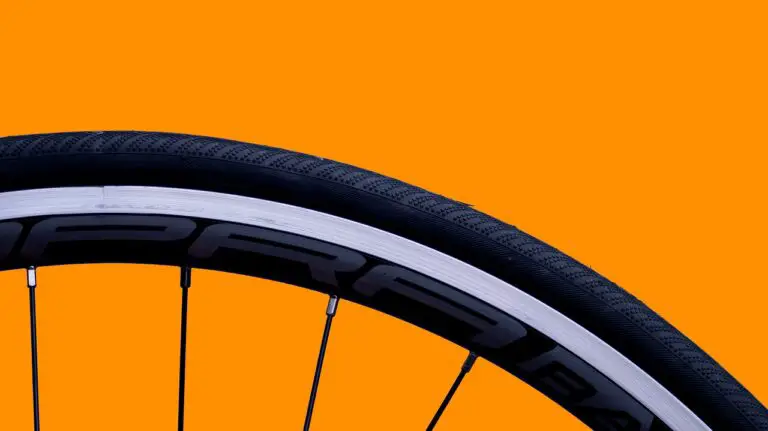How To Tighten Bicycle Brakes
Essential Steps for Tightening Bicycle Brakes
Tightening bicycle brakes is an essential skill for any cyclist, as proper brake performance ensures safety and control while riding. There are a few simple steps you can follow to tighten your bicycle brakes effectively. Firstly, start by inspecting the brake pads for any wear or damage. If they are worn out or damaged, replace them before adjusting the brakes. Next, locate the barrel adjuster, usually found on the brake lever or brake caliper, and turn it clockwise to tighten the brakes. Make small adjustments until you achieve the desired level of tightness. Lastly, check the brake cable tension by squeezing the brake lever. If there is excessive play or the brakes do not engage properly, you may need to adjust the cable tension using the barrel adjuster or the cable clamp.
Check Brake Pads Before Tightening Brakes
Before tightening your bicycle brakes, it is crucial to examine the brake pads. Worn-out or damaged brake pads can compromise braking performance and must be replaced. Look for signs of wear such as uneven surfaces, smooth edges, or a thickness less than 3 mm. To replace the brake pads, remove the retaining pin or bolt and slide out the old pads. Insert the new ones, ensuring they align properly with the rim and reattach the retaining pin or bolt. By starting with properly functioning brake pads, you can achieve optimum results when tightening your brakes.
Adjust brake pads for optimal performance
Once the brake pads are in good condition, locate the barrel adjuster. It is a small cylindrical device usually found on the brake lever or brake caliper. Turning it clockwise will tighten the brakes, while counterclockwise will loosen them. Begin by turning the barrel adjuster clockwise in small increments. After each adjustment, test the brakes by squeezing the lever and check if the brake pads make proper contact with the rim. Make additional adjustments until you achieve the desired level of tightness.
Check brake cable tension for safety
Additionally, check the brake cable tension to ensure it is properly adjusted. To do this, squeeze the brake lever and observe how much play or movement there is before the brakes engage. If there is excessive play or the brakes do not engage quickly enough, you may need to adjust the cable tension. Begin by turning the barrel adjuster counterclockwise to loosen the cable tension. If this does not solve the issue, you can use the cable clamp near the brake lever to manually tighten or loosen the cable. By finding the right cable tension, you can optimize brake performance and ensure a safe ride.
About me
I got my first bicycle when I was 3 years old. 10x years later I still love to cycle! In the meantime, I also developed an absolute obsession with motorbikes! I write about my hobbies and lifestyle on this blog.









